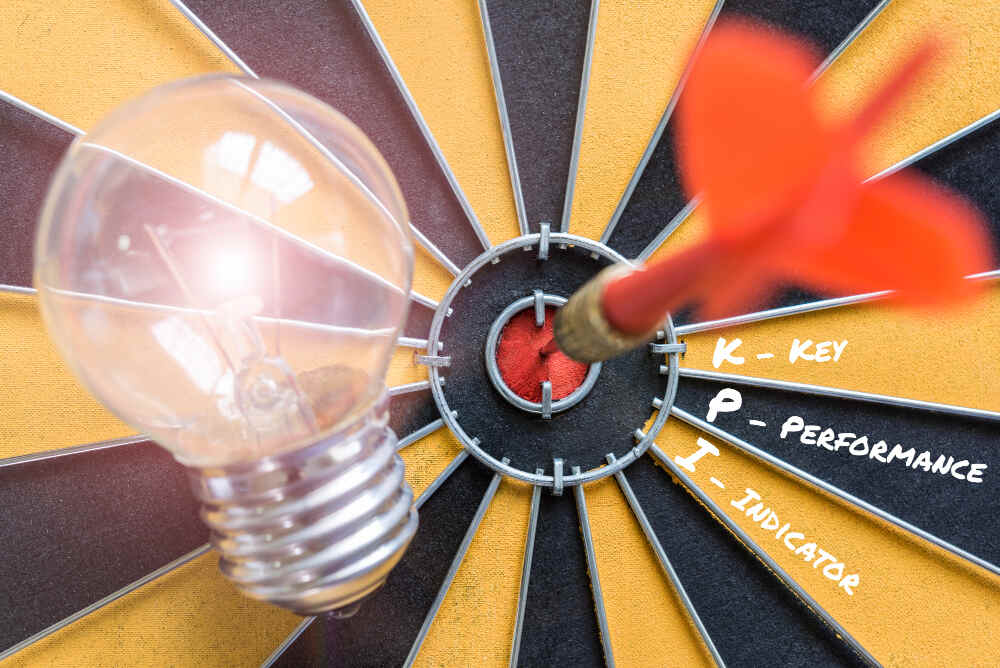Part 1: Understanding the Importance of Buyer Personas in Your Marketing Plan
In today’s competitive business landscape, it is crucial to have a well-defined marketing plan to effectively reach your target audience. One essential component of any successful marketing strategy is the development of buyer personas. Buyer personas are fictional representations of your ideal customers, based on market research and real data. They help you understand your customers’ needs, preferences, and behaviours, enabling you to tailor your marketing efforts to engage and convert them effectively. In this three-part blog, we will discuss the steps you need to take to develop buyer personas for your marketing plan.
1. Conduct Market Research:
The first step in developing buyer personas is to conduct thorough market research. Start by gathering data about your current customer base, such as demographics, purchasing habits, and motivations. This information can be obtained through surveys, interviews, or by analysing your existing customer database. Additionally, you can use market research tools and reports to gain insights into broader industry trends and customer preferences.
2. Analyse Customer Data:
Once you have collected the necessary data, it’s time to analyse it to identify patterns and trends. Look for common characteristics and behaviours among your customers. Group them based on similarities, such as age, gender, location, job title, interests, or buying preferences. By segmenting your customer base, you can start to develop specific buyer personas that represent each segment.
3. Identify Pain Points and Goals:
To create effective buyer personas, you need to understand your customers’ pain points and goals. What challenges do they face in their lives or businesses? What are their aspirations and motivations? By answering these questions, you can gain insights into their needs and desires, allowing you to position your products or services as solutions that address their specific pain points and help them achieve their goals.

4. Develop Customer Profiles:
With the data and insights gathered, it’s time to create detailed customer profiles for each buyer persona. Give each persona a name and include relevant information such as age, occupation, income level, hobbies, values, and preferred communication channels. The more detailed and accurate the profiles, the better you can tailor your marketing messages and strategies to resonate with each persona.
Join the NoLimits Business Community
Are you a business owner looking to take your business to the next level? Join our innovative community of like-minded professionals and gain access to a wealth of valuable resources, including a community portal to chat with other business owners, ebooks, business development software, and growth events that will transform the way you do business. Best of all, these resources are completely free and will be available to you forever.
But the benefits of joining our NoLimits business community don’t stop there. By becoming part of our community, you’ll have the opportunity to connect with other business owners, share insights and ideas, and build valuable relationships that will help your business thrive. Don’t miss out on this amazing opportunity to supercharge your business and join us today!
Part 2: Refining and Validating Your Buyer Personas
Now that you have developed initial buyer personas, it’s important to refine and validate them to ensure they accurately represent your target audience. Here are the next steps in the process:
1. Seek Feedback from Sales and Customer Service Teams:
Your sales and customer service teams interact directly with customers on a daily basis. They have valuable insights into customer behaviour, preferences, and pain points. Engage them in the persona development process by conducting interviews or brainstorming sessions. Their input can help you refine and validate your buyer personas, ensuring they align with the reality of your customer base.
2. Conduct Surveys and Interviews:
To gather additional data and validate your personas, consider conducting surveys or interviews with your target audience. Ask questions about their needs, preferences, and buying behaviour. You can offer incentives to encourage participation. The data collected from these surveys and interviews will provide further insights and help you fine-tune your buyer personas.
3. Analyse Website and Social Media Analytics:
Examine your website and social media analytics to gain insights into user behaviour. Look at metrics such as page views, time spent on each page, click-through rates, and engagement on social media posts. This data can help you identify which content or messaging resonates most with your target audience, further validating your buyer personas.
4. Update and Refine Your Personas:

Based on the feedback, surveys, interviews, and analytics, update and refine your buyer personas. Make sure they accurately represent your target audience’s characteristics, motivations, and preferences. Use the information gathered to create more specific and nuanced profiles for each persona. Consider adding details such as their preferred brands, media consumption habits, and pain points that you have discovered through the validation process. The more accurate and detailed your personas are, the better equipped you will be to tailor your marketing strategies and messaging effectively.
Part 3: Applying Your Buyer Personas to Your Marketing Plan
Now that you have developed and validated your buyer personas, it’s time to put them into action within your marketing plan. Here are the five key steps to apply your buyer personas effectively:
1. Tailor Your Content:
Use your buyer personas to inform the creation of relevant and targeted content. Understand the challenges and goals of each persona and develop content that speaks directly to their needs. This could include blog articles, social media posts, videos, or podcasts that address their pain points and provide valuable solutions. By personalising your content, you can establish a connection with your target audience and build trust.
2. Customise Your Messaging:
Craft your marketing messages to resonate with each buyer persona. Consider their preferred communication channels and language style. Highlight the specific benefits and value propositions that are most relevant to each persona’s needs and motivations. By speaking their language and addressing their unique concerns, you will capture their attention and increase the likelihood of conversion.
3. Optimise Your Channels:
Align your marketing channels with the preferences of each buyer persona. If a particular persona spends more time on social media platforms, focus your efforts on creating engaging content and advertisements for those platforms. If another persona prefers email communication, design targeted email campaigns to deliver personalised messages. Tailoring your marketing channels to each persona ensures that your efforts reach the right audience in the most effective way.
4. Monitor and Evaluate:
Regularly monitor the performance of your marketing initiatives and evaluate their impact on each buyer persona. Track metrics such as website traffic, conversions, engagement, and lead generation. Analyse which strategies and channels are resonating most with each persona and adjust your marketing plan accordingly. By continuously monitoring and evaluating, you can refine your approach and optimise your marketing efforts for better results.

5. Stay Agile:
Remember that buyer personas are not set in stone. As your business evolves and market dynamics change, you may need to update and refine your personas. Stay agile and be open to new data and insights that may reshape your understanding of your target audience. Continuously learning and adapting ensures that your marketing plan remains effective and relevant.
In conclusion, developing buyer personas is a crucial step in creating a successful marketing plan. By understanding your target audience’s needs, preferences, and behaviours, you can tailor your marketing strategies to effectively engage and convert them. Through market research, analysis of customer data, and validation processes, you can create detailed buyer personas that represent your ideal customers. Applying these personas to your marketing plan involves tailoring content, customising messaging, optimising channels, and monitoring performance. By incorporating buyer personas into your marketing strategy, you will improve the effectiveness of your campaigns and achieve better results.
If you would like more specific guidance with understanding this or any management tools why not look at our NoLimits Community – become a member at any level and join our community.
By Jeremy Graham – Clare
Join the NoLimits Business Community
Are you a business owner looking to take your business to the next level? Join our innovative community of like-minded professionals and gain access to a wealth of valuable resources, including a community portal to chat with other business owners, ebooks, business development software, and growth events that will transform the way you do business. Best of all, these resources are completely free and will be available to you forever.
But the benefits of joining our NoLimits business community don’t stop there. By becoming part of our community, you’ll have the opportunity to connect with other business owners, share insights and ideas, and build valuable relationships that will help your business thrive. Don’t miss out on this amazing opportunity to supercharge your business and join us today!

